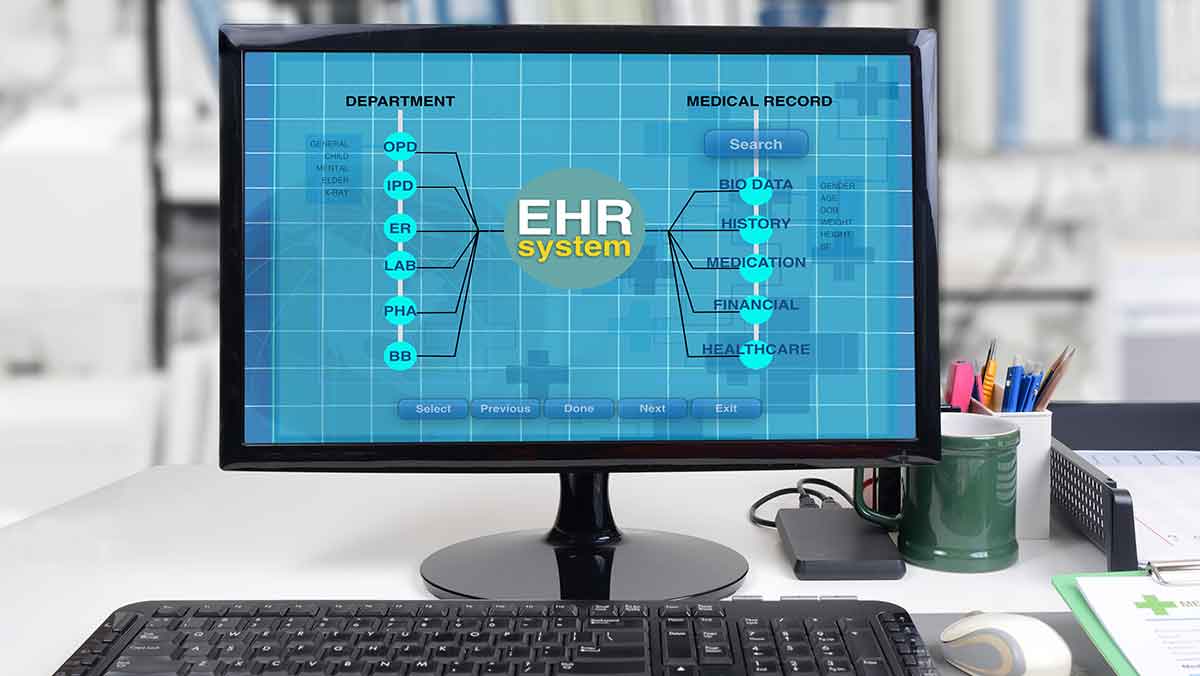Changes to healthcare regulatory compliance mandates can be daunting. This is certainly the situation with USP 800 standards. It requires organizations to adjust how they handle hazardous drugs, particularly with Beyond Use Dates (BUDs), in order to comply with the new mandates. Electronic Health Record (EHR) systems, such as EPIC and Cerner, play a vital role in this process. Healthcare organizations are using EHR systems to update and monitor BUDs, particularly in compounding and repackaging modules. Labeling is an important part of maintaining compliance and ensuring patient safety.
Utilizing EHR Systems for BUD Management
Electronic Health Record (EHR) systems assist providers with many crucial functions and administering medications safely is high on the list. EHRs provide comprehensive, real-time access to patient medication histories and enable alerts for potential drug interactions or allergies.
Integrating USP 800 Standards
They can also play an important role in maintaining USP 800 guidelines. Configuring EHRs like EPIC and Cerner with the latest USP 800 guidelines helps to ensure that BUDs align with current standards.
Automated Alerts and Updates
EHR systems can automate alerts for approaching or expired BUDs. This feature ensures timely updates and reduces the risk of using drugs beyond their safe usage period.
Real-Time Monitoring
In addition, these systems enable real-time monitoring of BUDs across different departments. Pharmacists and the clinical staff can instantly access the BUD status of any drug, enhancing decision-making and patient safety.
Compounding and Repackaging
For compounding and repackaging, there are modules within EHR systems, including EPIC and Cerner, designed for those applications. They can be customized to reflect specific requirements for BUDs. This includes adjustments based on the type of preparation, storage conditions, and risk of microbial contamination.
Labels Serve as a Patient Safety and Compliance Tool
In a hospital setting, practitioners typically enter prescription information into the pharmacy information system (PIS) module within EPIC, Cerner, Allscripts, Meditech, ScriptPro, and more. This information is then transmitted to the pharmacy where a pharmacist fills the prescription and applies the pharmacy label to the medicine container. Once orders are verified, they are distributed to the patient floor for administration and for replenishing automated dispensing machines, robots, carousels and other automated processes.
Labels Guide Proper Use
Whether it’s a common medication or one governed by USP standards, labels guide proper use. For example, labels generated through EHR systems provide accurate and clearly visible BUDs, which are crucial for safe drug administration.
UAL stocks PIS labels for Epic, Cerner and more. See our complete selection here.
Barcode Integration
Adding barcodes to labels and integrating EHR systems into the process can further enhance patient safety. For example, once the medication is entered into a computerized order entry (CPOE) system, the pharmacist packages the medication into barcoded containers and sends it to the nursing floor. The barcode on the medication includes information on the type of medication, dosage and frequency of administration. Next, at the patient’s bedside, nurses scan their badges, scan the patient’s wristband, and scan the medication. This validates the "five rights" of medication, or alerts the provider if there is a discrepency, and verifies the BUD, reducing potential errors.
Custom Labels for USP Applications
Using custom labels with specific warnings or handling instructions consistent with USP 800 standards is another way to guide proper use. Typically, the hazardous drug name, its form and whether it is a tablet, capsule or liquid, should be noted. In addition, precaution labels applied to the container alert workers to the hazardous drug and its potential harm. You can design, price and order custom labels for USP applications using the UAL custom label designer tool.
Are you labeling medications properly? This blog post details the steps you need to follow.
Steps to Ensure Patient Safety and Compliance
As organizations gain a better understanding of USP guidelines, use these steps to consistently maintain safety and compliance standards.
Training
Ongoing training for healthcare staff on using EHR systems for BUD management is essential. This includes understanding how to interpret alerts and the importance of adhering to BUDs.
Cross-Departmental Coordination
Effective management of BUDs requires coordination between pharmacy, nursing, and IT departments to ensure the EHR system's data is accurate and up-to-date.
Audits and Quality Checks
As the NIOSH list of hazardous drugs evolves and other guidelines change, it’s important to make regular audits and quality checks. Regular assessments of BUD management processes within the EHR system help maintain compliance and identify areas for improvement.
United Ad Label Aids USP 800 Compliance
EHR systems like EPIC and Cerner help healthcare providers manage beyond-use dates in line with USP 800 standards. Real-time data and automated alerts are two important elements of EHR systems that keep the clinical staff informed. Accurate labeling plays a crucial role as well. UAL supplies stock and custom PIS labels that enable proper patient identification and the verification of BUD dates which are essential for patient safety and compliance.
